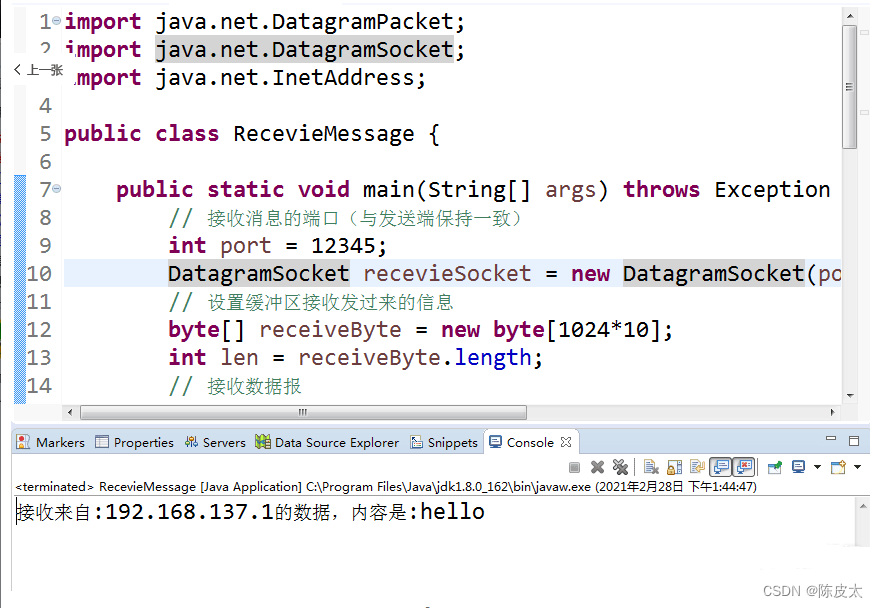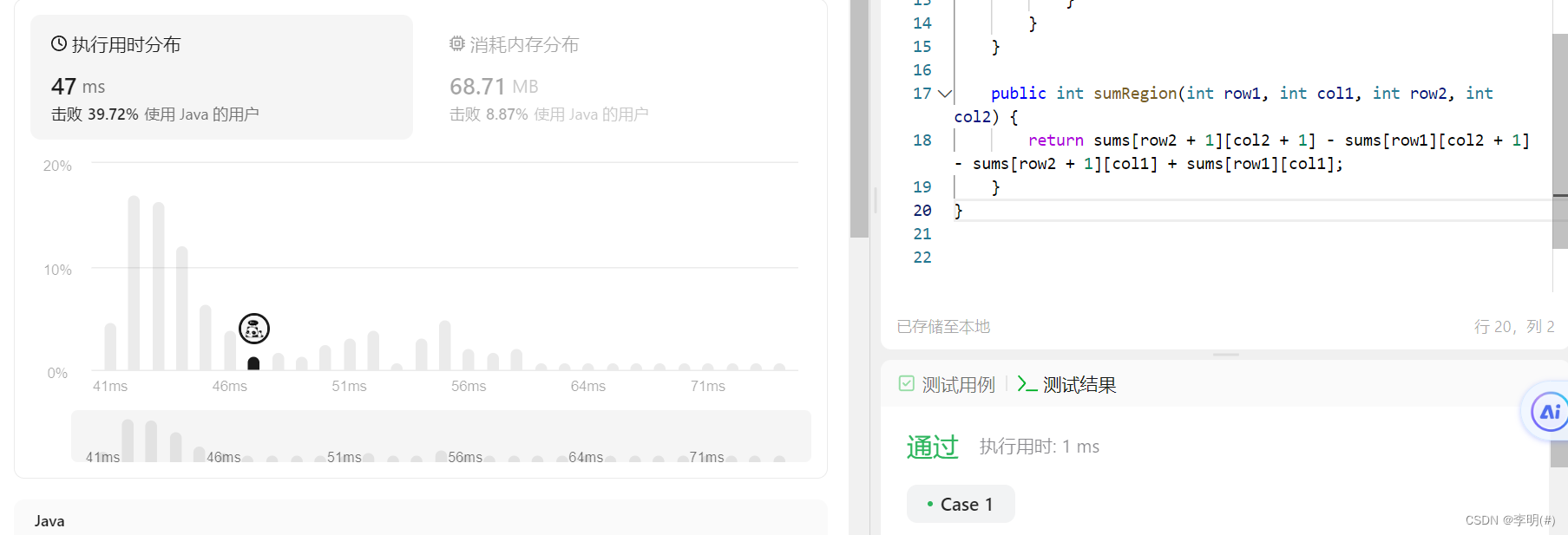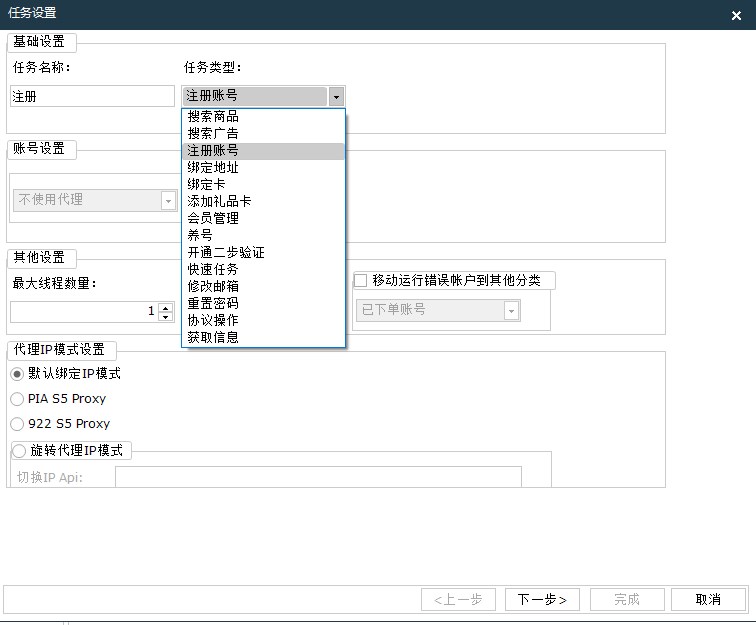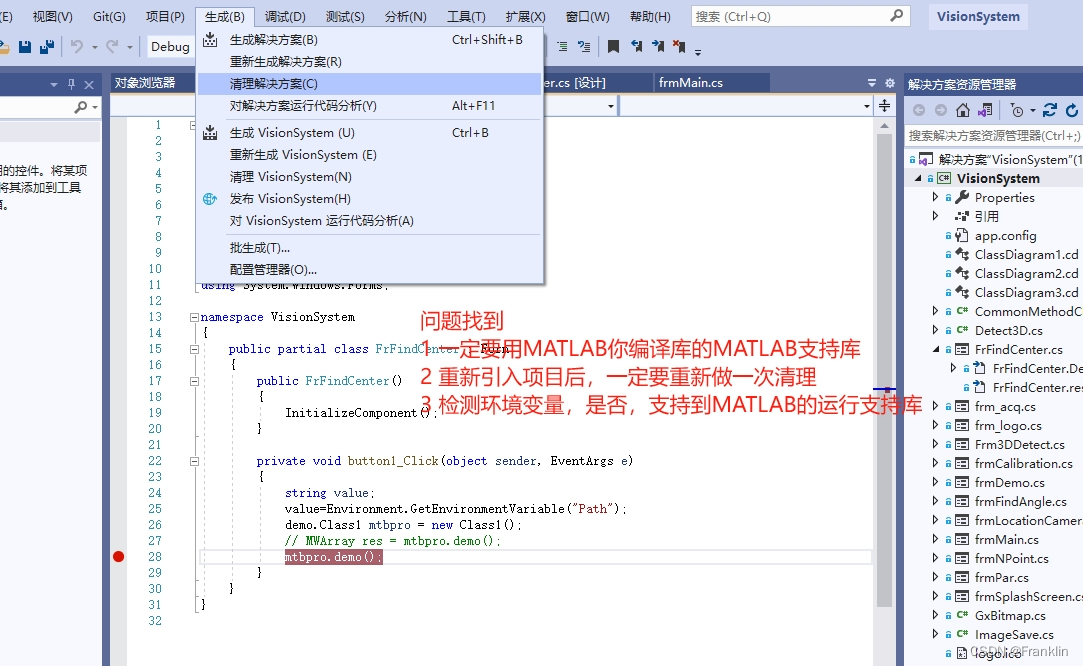
在Python中,使用HTTP代理可以实现网络请求的调试和日志记录。通过HTTP代理,我们可以拦截、修改或记录网络请求和响应的数据,以便更好地了解和调试网络请求。
下面是一个使用Python和httplib2库实现HTTP代理的示例,同时对请求和响应进行调试和日志记录:
python复制代码
| import httplib2 | |
| import logging | |
| # 创建一个日志记录器 | |
| logger = logging.getLogger(__name__) | |
| logger.setLevel(logging.DEBUG) | |
| # 创建一个处理器,将日志记录到控制台 | |
| handler = logging.StreamHandler() | |
| handler.setLevel(logging.DEBUG) | |
| logger.addHandler(handler) | |
| # 创建一个HTTP代理服务器 | |
| proxy_info = httplib2.ProxyInfo(httplib2.socks.PROXY_TYPE_HTTP, '127.0.0.1', 8888) | |
| http = httplib2.Http(proxy_info=proxy_info) | |
| # 拦截HTTP请求和响应,并记录到日志中 | |
| class LoggingInterceptor: | |
| def process(self, method, uri, headers, body, response): | |
| logger.debug(f"Request: {method} {uri}") | |
| logger.debug(f"Headers: {headers}") | |
| logger.debug(f"Body: {body}") | |
| if response is not None: | |
| logger.debug(f"Response: {response[0]} {response[1]}") | |
| logger.debug(f"Headers: {response[2]}") | |
| return response | |
| # 将拦截器应用到HTTP代理服务器中 | |
| http = httplib2.Http(proxy_info=proxy_info, interceptor=LoggingInterceptor()) | |
| # 发送HTTP请求,并打印响应内容 | |
| response, content = http.request("http://example.com") | |
| print(content) |
在上面的代码中,我们首先创建了一个日志记录器,并将其设置为DEBUG级别,以便记录所有调试信息。然后,我们创建了一个HTTP代理服务器,并指定了代理服务器的类型、主机和端口。接下来,我们定义了一个拦截器类LoggingInterceptor,用于拦截HTTP请求和响应,并将相关信息记录到日志中。然后,我们将拦截器应用到HTTP代理服务器中。最后,我们发送一个HTTP请求到http://example.com,并打印响应内容。在请求和响应过程中,拦截器会将相关信息记录到日志中,以便我们进行调试和分析。


![[足式机器人]Part2 Dr. CAN学习笔记- Kalman Filter卡尔曼滤波器Ch05-3+4](https://img-blog.csdnimg.cn/direct/9aa076c4e486415a9f13facd707e0aba.png#pic_center)








